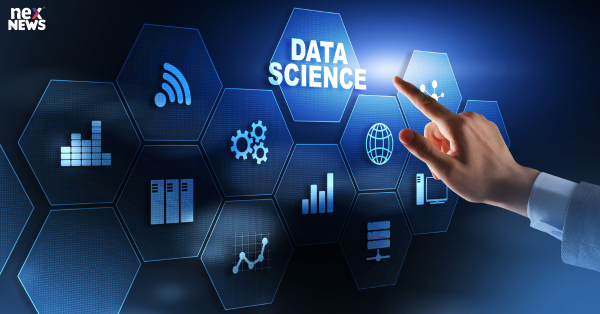Introduction
Did you know that nowadays, we create more data in just two days than people did in entire decades before? It's true! Most of us don't even realize that our everyday internet activities contribute to this data explosion. To stay ahead of upcoming technologies, let's explore some current trends in big data analytics. Get ready to succeed!
Data as Service
Traditionally, we stored data in specific places designed for certain applications. When Software-as-a-Service (SaaS) became popular, Data as a Service (DaaS) emerged. Similar to SaaS, DaaS uses cloud technology to provide users and applications with instant access to information, no matter where they are. This trend in big data analytics simplifies how analysts get data for business reviews and makes it easier for different parts of a business or industry to share information.
Ethical and Clever AI
Crafting smarter and responsible Artificial Intelligence (AI) means developing advanced learning programs faster. Businesses can benefit greatly from AI systems by creating efficient processes. Scaling AI, a significant challenge until now will become more achievable for businesses.
Predictive Analytics
For companies striving to gain a competitive edge and achieve their goals, big data analytics is crucial. They use basic analytic tools to organize data and uncover the reasons behind specific issues. Predictive methods analyze both current and historical data to understand customers, identify potential risks, and foresee future events. This approach is highly effective in using analyzed data to predict customer responses, helping organizations anticipate and prepare for the next steps customers might take.
Quantum Computing
Processing a massive amount of data with current technology takes a long time. Quantum computers, on the other hand, can calculate the chance of something happening before it actually does, allowing them to handle more data than regular computers. Imagine squeezing billions of data pieces in just a few minutes, significantly cutting down processing time. This could help organizations make quicker decisions and achieve better results. Quantum computing experiments can enhance accuracy in various industries.
Edge Computing
Edge computing means running tasks on a local system like a user's device, IoT device, or server. This brings computation closer to the network's edge, reducing the need for long-distance connections between users and servers. It's a hot trend in big data analytics. Edge computing improves data streaming, including real-time streaming and processing without delays. Devices can respond instantly, and they efficiently process massive data while using less bandwidth. It's cost-effective for organizations and allows software to run smoothly in remote locations.
Natural Language Processing (NLP)
In the world of computers, there's something cool called Natural Language Processing (NLP). It's like the computer's way of chatting with humans. The goal of NLP is to understand and make sense of human language. Think of it as teaching computers to read and get what we're saying.
NLP mostly hangs out with artificial intelligence and loves using machine learning. Why? Because it helps create tools like word processors and language translators. These are the apps that make our lives easier.
To do its job, NLP needs to follow some rules. These are like secret codes that help it understand sentences. There are two main tricks up NLP's sleeve: syntactic analysis and semantic analysis. Syntactic analysis handles grammar stuff in sentences, making sure they're structured correctly. Semantic analysis, on the other hand, digs into the meaning behind the words.
Hybrid Clouds
A hybrid cloud is like a super-flexible computer system. It uses a private cloud that's in your office and a public cloud from an outside company. They work together smoothly, giving you more choices on where to put your information. To make this happen, a company needs its private cloud, which is like its personal space on the internet. Building this space involves creating a data center with servers, storage, a LAN, and a load balancer. Then, you add a virtualization layer to support VMs and containers. Lastly, you install a special software layer for the private cloud. This software lets your data move between your private space and the public cloud.
Dark Data
Dark data is like the hidden treasure of information that a company has but doesn't use. It comes from various computer activities, but the company doesn't analyze it or use it to make predictions. Some companies might think this data is not useful because they don't see immediate results. However, they know it's valuable. As this unused data keeps growing, there's a risk to the company's security. The increase in dark data is becoming a noticeable trend that companies should pay attention to.
Data Fabric
Data fabric is like the architecture and networks that handle information. It works the same way across different places, like on your computer or in the cloud. This helps things change digitally. Data fabric makes storing and using data easier, whether it's in the cloud or on your device. It lets you get and share information in many places. It also makes sure that how we handle data is the same, no matter where it is stored.
XOps
XOps (that includes data, ML, model, and platform) wants to make things work better and save resources. It does this by using the best ways of doing things that come from DevOps. This ensures things work well, can be used over and over, and can be done automatically. These improvements help make small models and make them bigger, with a design that can change easily and manage systems in a quick and organized way.
As time goes by, there are always new changes in Big Data Analytics technologies. Businesses have to keep up and use the latest trends to stay ahead of their rivals. Let's check out what's hot in 2022 and beyond!

